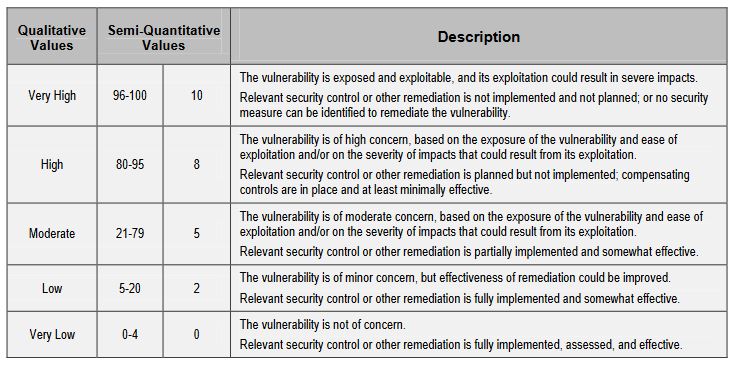Gambling problem severity was assessed using the Problem Gambling Severity Index. The EQ-5D-5L, WEMWBS and AUDIT-C were used to measure general health, mental wellbeing and alcohol use, respectively. Other measures included diet, physical exercise and tobacco use. Problem Gambling Severity Index. The PGSI (Ferris & Wynne, 2001) is a 9-item measure that assesses problem-gambling symptoms in the past 12 months.Each item is rated on a 4-point scale. In this study, a problem-gambling symptom was coded as 'present' if the individual reported experiencing the symptom some-times, most of the tim e, or almost always and it was coded as 'absent' if the.
| User Information | |
|---|---|
Acronym: | ASI-G |
Author/Developer / Address: | Öberg, D., Sallmen, B., Haack, M.J., & Bergman, H. |
Publication dates: | Version 1. 1999-10-02 |
Description / Type of Assessment: | Screening of problems with gambling. |
Primary use / Purpose: | Clinical and research use. Treatment planning |
Domains measured / Life Areas / Problems Assessed: | Gambling dependency/misuse and problem gambling |
Population: | Clients within different sectors of care, for example: social services, drug and alcohol treatment, prison and probation, psychiatric care and somatic care |
Administration / Completion Time: | 20 minutes |
Scoring Procedures: | Profiles |
Scoring Time: | 10 minutes |
Credentials/Training: | 2 hours training for interviewers, previous knowledge in ASI-methodology |
Source of Psychometrics: | |
Languages: | English, Dutch/Flemish and Swedish. |
Availability / Inquiries: | David Oberg, tel: +31-43-343 86 26, e-mail: davidoberg@rocketmail.com |
Price: | Free of charge for registered users |
Practicability / usefulness: | Screening, treatment planning, discharge planning |
Comments: | ASI-G is a development of previous instruments of gambling problems, using the ASI-structure like the ASI R - Gambling section (Hendrikas, V.M and Blanken, P.) and on the ASI Goksectie (Hartgers, C. and Koeter, M). The instrument is developed for international usage and research. |
The Problem Gambling Severity Index (PGSI) is the standardised measure of at risk behaviour in problem gambling. It is a tool based on research on the common signs and consequences of problematic gambling. Assessing where your client is now can help you make informed decisions on how to assist them.
- How does it work?
The PGSI quiz asks participants to self-assess their gambling behaviour over the past 12 months by scoring themselves against nine questions. The response options attract the following scores:
- never (score: 0)
- rarely (score: 1)
- sometimes (score: 1)
- often (score: 2)
- always (score: 3)
- The categories are:
- non-problem gambler
- low-risk gambler
- moderate-risk gambler
- problem gambler.
It is important to note that categorisation through the PGSI is not the same as clinical diagnosis, which requires assessment by a clinician.
Screens similar to the PGSI are also used to investigate other health issues, such as alcoholism and anxiety.
- What do the categories mean?
Non-problem gambler - Score: 0
- Non-problem gamblers gamble with no negative consequences.
Low-risk gambler - Score: 1–2
- Low-risk gamblers experience a low level of problems with few or no identified negative consequences. For example, they may very occasionally spend over their limit or feel guilty about their gambling.
Moderate-risk gambler - Score: 3–7
- Moderate-risk gamblers experience a moderate level of problems leading to some negative consequences. For example, they may sometimes spend more than they can afford, lose track of time or feel guilty about their gambling.
Problem gambler - Score: 8 or above
- Problem gamblers gamble with negative consequences and a possible loss of control. For example, they may often spend over their limit, gamble to win back money and feel stressed about their gambling.
Take your client through the PGSI quiz
Problem Gambling Severity Index Charts
- Have you bet more than you could really afford to lose?NeverSometimesMost of the timeAlways
- Have you needed to gamble with larger amounts of money to get the same feeling of excitement?NeverSometimesMost of the timeAlways
- Have you gone back on another day to try to win back the money you lost?NeverSometimesMost of the timeAlways
- Have you borrowed money or sold anything to gamble?NeverSometimesMost of the timeAlways
- Have you felt that you might have a problem with gambling?NeverSometimesMost of the timeAlways
- Have people criticised your betting or told you that you had a gambling problem, whether or not you thought it was true?NeverSometimesMost of the timeAlways
- Have you felt guilty about the way you gamble or what happens when you gamble?NeverSometimesMost of the timeAlways
- Has gambling caused you any health problems, including stress or anxiety?NeverSometimesMost of the timeAlways
- Has your gambling caused any financial problems for you or your household?NeverSometimesMost of the timeAlways
Validity Of The Problem Gambling Severity Index Interpretive Categories
You experience few, if any issues with your gambling.


You could be starting to experience some issues with your gambling.
Canadian Problem Gambling Severity Index
You are experiencing issues with your gambling on a regular basis and it's time to take action.
